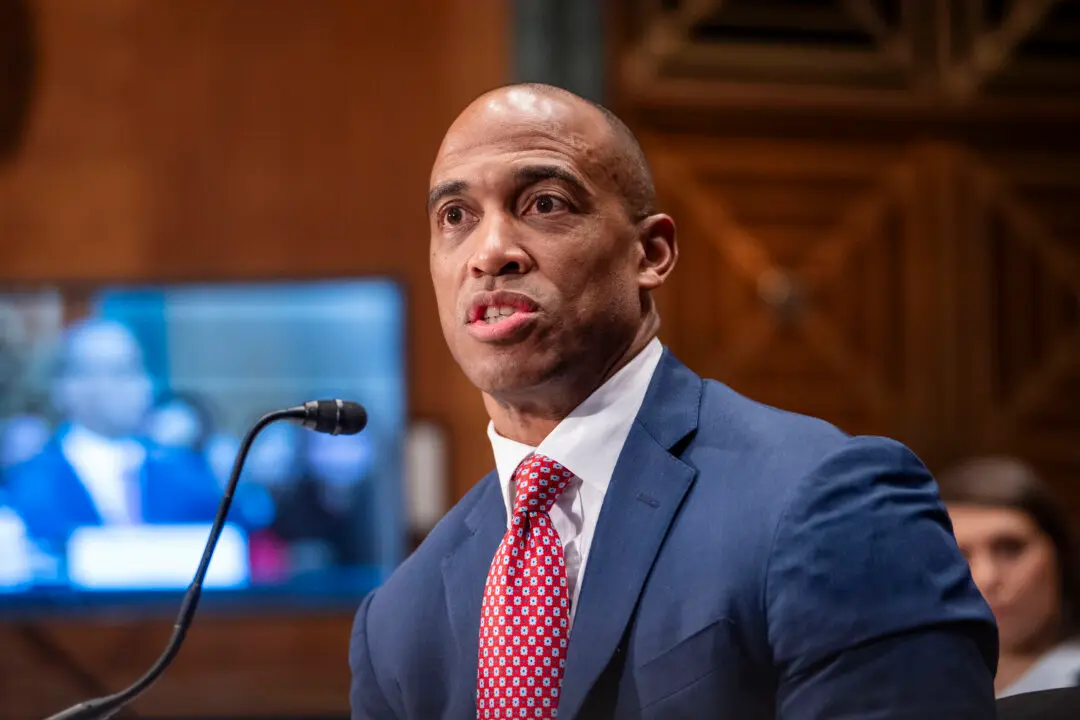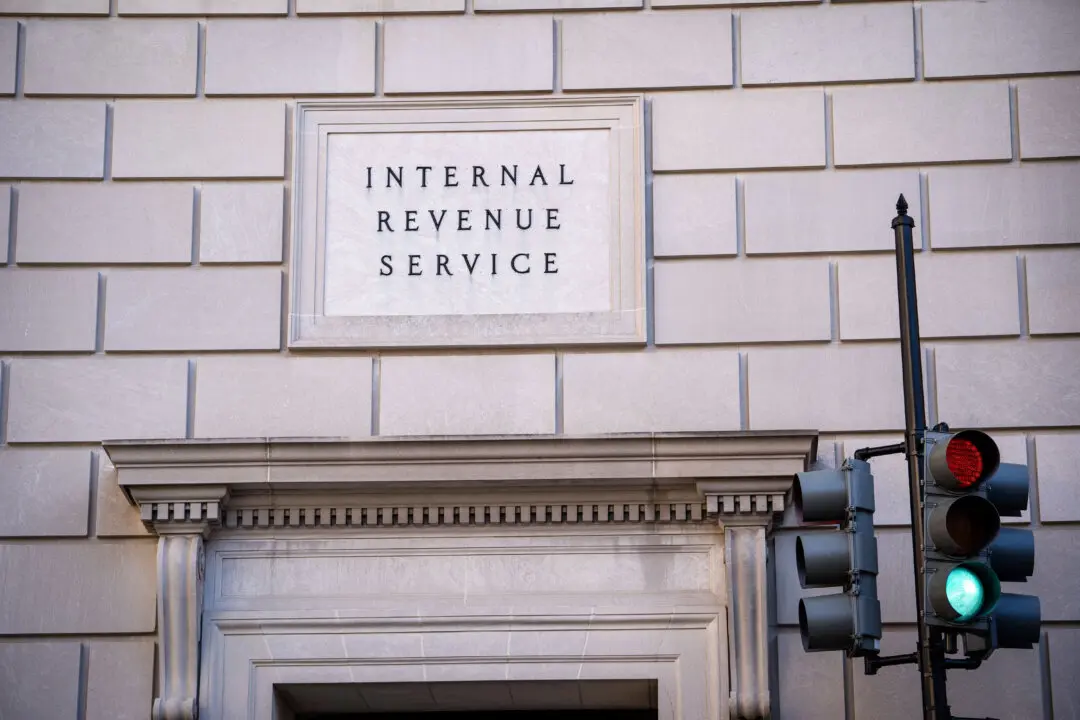Collins Dictionary announced Wednesday that “NFT” has been chosen as its Word of the Year in consideration of the fact that NFT’s usage has increased 11,000 percent in 2021, while digital assets like cryptocurrencies keep on gaining mainstream acceptance.
“It’s unusual for an abbreviation to experience such a meteoric rise in usage, but the data we have from the Collins Corpus reflects the remarkable ascendancy of the NFT in 2021,” said Collins Learning managing director Alex Beecroft to The Guardian. “NFTs seem to be everywhere, from the arts sections to the financial pages and in galleries and auction houses and across social media platforms. Whether the NFT will have a lasting influence is yet to be determined, but its sudden presence in conversations around the world makes it very clearly our word of the year.”





